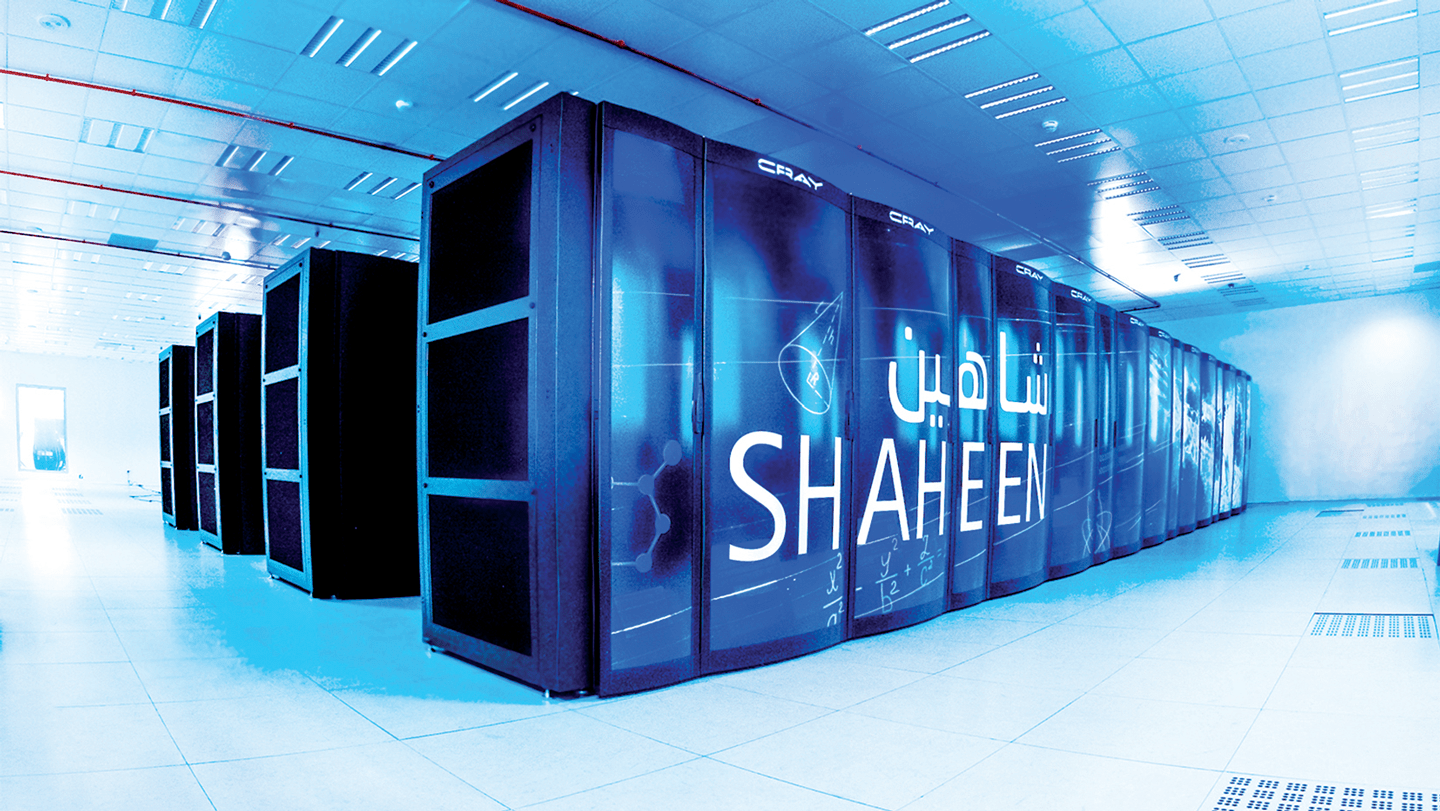Saudi Aramco, King Abdullah University of Science and Technology (KAUST) and ANSYS (a global leader in engineering simulation) have set a new supercomputing milestone by scaling ANSYS® Fluent® to nearly 200,000 processor cores — enabling organizations to make critical and cost-effective decisions faster and increase the overall efficiency of oil and gas production facilities.
This supercomputing record represents a more than 5x increase over the record set just three years ago, when Fluent first reached the 36,000-core scaling milestone.
The calculations were run on the Shaheen II, a Cray® XC40™ supercomputer, hosted at the KAUST Supercomputing Core Lab (KSL). By leveraging high performance computing (HPC), ANSYS, Saudi Aramco and KSL increased a complex simulation of a separation vessel — from several weeks to an overnight run.
Helping to optimize performance
This simulation is critical to all oil and gas production facilities — empowering organizations around the world to reduce design development time and better predict equipment performance under varying operational conditions. Saudi Aramco will apply this technology to make more informed, timely decisions to retrofit separation vessels to optimize operations throughout an oil field’s lifetime.
“Today’s regulatory requirements and market expectations mean that manufacturers must develop products that are cleaner, safer, more efficient and more reliable,” said Wim Slagter, director of HPC and cloud alliances at ANSYS. “To reach such targets, designers and engineers must understand product performance with higher accuracy than ever before — especially for separation technologies, where an improved separation performance can immediately increase the efficiency and profitability of an oil field. The supercomputing collaboration between ANSYS, Saudi Aramco and KSL enabled enhanced insight in complex gas, water and crude oil flows inside a separation vessel, which include a liquid-free surface, phase mixing and droplets settling phenomena.”
“Our oil and gas facilities are among the largest in the world. We selected a complex representative application — a multiphase gravity separation vessel — to confirm the value of HPC in reducing turnover time, which is critical to our industry,” said Ehab Elsaadawy, computational modeling specialist and oil treatment team leader at Saudi Aramco’s Research and Development Center. “By working with our strategic partner, KAUST, we can now run these complex simulations in one day instead of weeks.”KSL’s Shaheen II supercomputer is a Cray system composed of 6,174 nodes representing 197,568 processor cores tightly integrated with a richly layered memory hierarchy and interconnection network.
Further projects in the pipeline
"This was a typical Saudi Aramco separation vessel with typical operation conditions," said Jysoo Lee, director of KSL. "ANSYS provides a viable tool for Saudi Aramco to solve their design and analysis problems using the full capacity of Shaheen II; and for a KAUST and Saudi Aramco R&D collaboration, this is our first development work. There are more projects in the pipeline.”
Media contact information
All media enquiries are handled by Aramco’s Media Communications & Coordination Department, Dhahran, Saudi Arabia.
For media inquiries, please email us at media.inquiries@aramco.com

